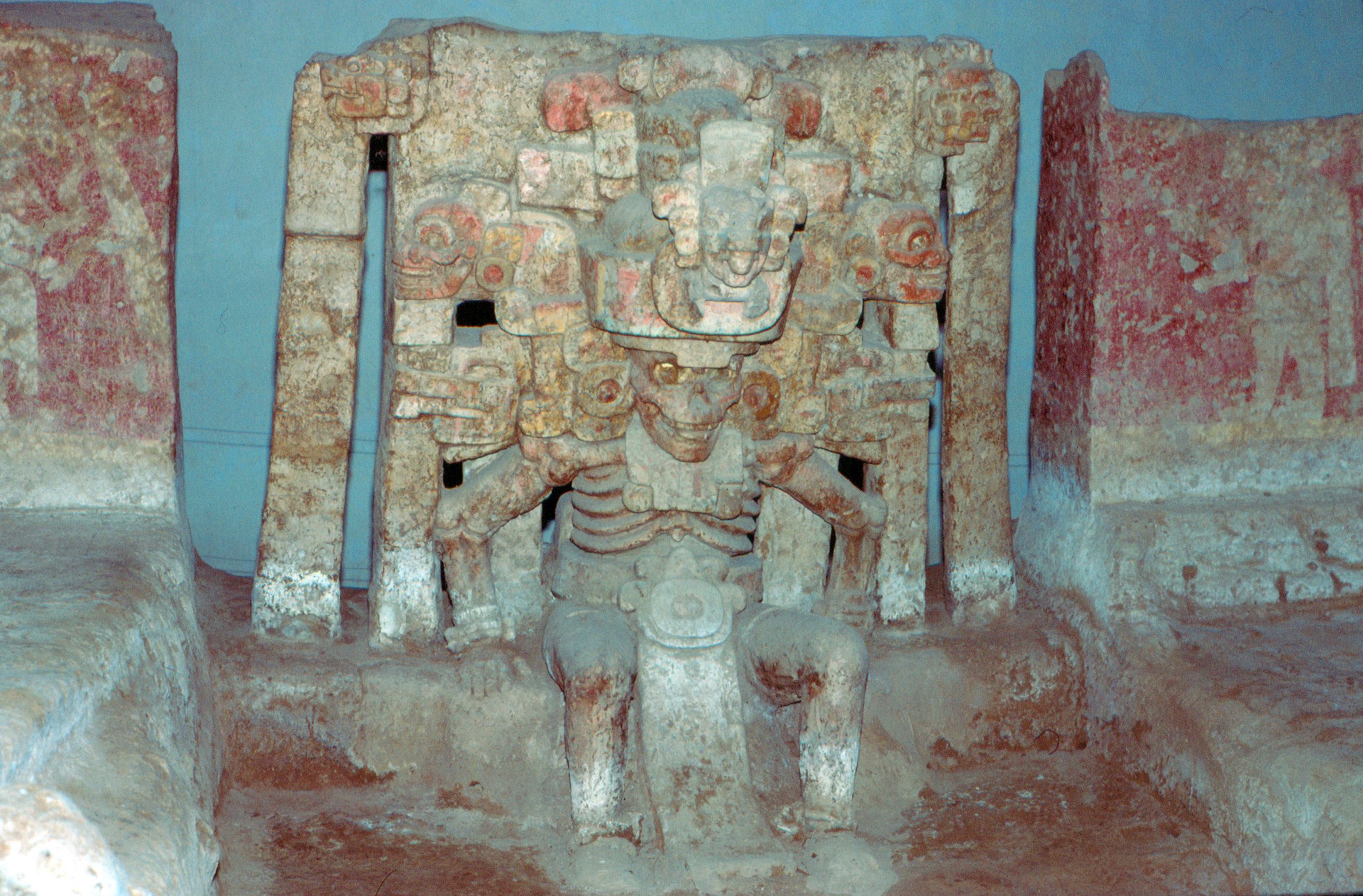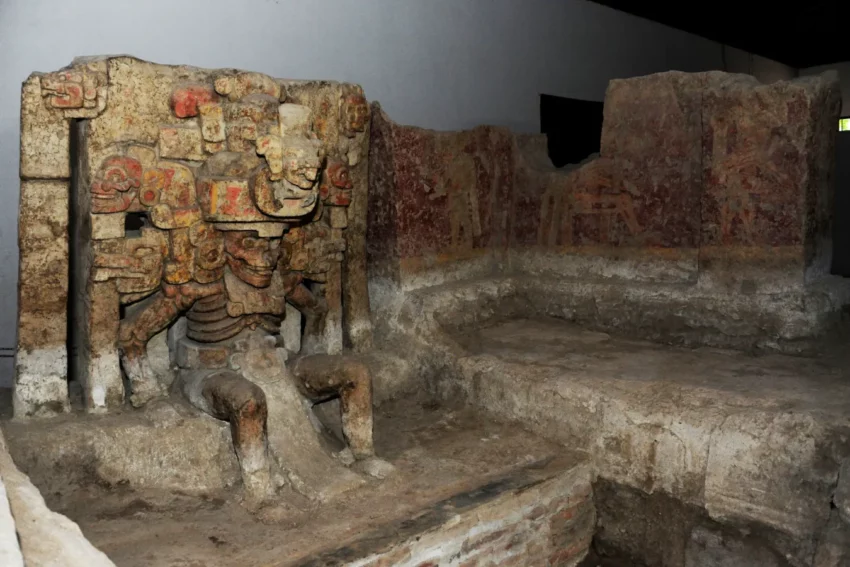Unveiling the Mysteries of El Zapotal: A Glimpse into the Totonac Civilization
Introduction
El Zapotal stands as a significant archaeological site that offers a window into the ancient Totonac culture, situated in the Mixtequilla region, bordered by the Blanco and Papaloapan rivers in Veracruz, Mexico. The discovery of El Zapotal has been pivotal in enhancing our understanding of the ancient cultures of Veracruz and Mexico at large.
Get your dose of History via Email
Historical Context
The state of Veracruz was historically inhabited by three native cultures: the Huastecs, the Totonacs, and the Olmecs. These cultures were ethnically and culturally diverse, with the Totonacs establishing their presence in the central part of the state. Their main ceremonial center was El Tajín. The Totonac culture is renowned for its contributions to ceramics, stone sculpture, monumental architecture, and urban planning.
The Totonac Civilization
The Totonacs, an indigenous Mesoamerican people, were known for their agricultural and commercial economy. They formed a confederation of cities and, by the early 16th century, came under the rule of the Mexica. A pivotal moment in their history was in 1519 when they allied with the Spanish conquistador Hernán Cortés to march against Tenochtitlan. This alliance, however, led to their subjugation by the Spanish Empire following the defeat of the Mexica empire.
Language and Culture
The Totonacan languages, spoken by the Totonac people, form a family of Mesoamerican languages. Despite the encroachment of the Spanish language, the Totonac linguistic community remains one of the largest in Mexico. The Totonac culture is celebrated for its advancements in ceramics and monumental clay sculptures, which are considered among the most admirable in Mesoamerica.

Discovery of El Zapotal
Discovered in 1971, El Zapotal is home to some of the most beautiful and impressive pre-Hispanic ceramic sculptures. The site, which flourished between 600 to 900 AD, was a significant Totonac city. Among its discoveries were several human burials and offerings of clay figures, including representations of the lady of the earth: Cihuatéotl.
The Site and Its Significance
El Zapotal contains a vast array of buildings, though only a few have been explored. The site is thought to have been a sanctuary dedicated to the god of the dead, Mictlantecuhtli. The offerings found at El Zapotal suggest it was a site of complex and lavish funerary rites, dedicated to the lord of the dead.
Mictlantecuhtli and Cihuatéotl
The sculpture of Mictlantecuhtli, the god of death, is a notable find from El Zapotal. Represented as a disembodied person, this sculpture embodies the Mesoamerican aesthetic sensitivity and the intertwined nature of life and death. Similarly, the clay sculptures of Cihuatéotl, or “The Ladies of the Earth,” highlight the respect and power attributed to women in Totonac society.
Conclusion
El Zapotal serves as a crucial site for understanding the Totonac civilization and its contributions to Mesoamerican culture. The discoveries made at El Zapotal, from the grandiose ceramic figures to the intricate funerary rites, offer invaluable insights into the beliefs, practices, and artistic achievements of the Totonac people. As research continues, El Zapotal will undoubtedly continue to reveal the depth and richness of Mesoamerican civilizations.
Sources:

